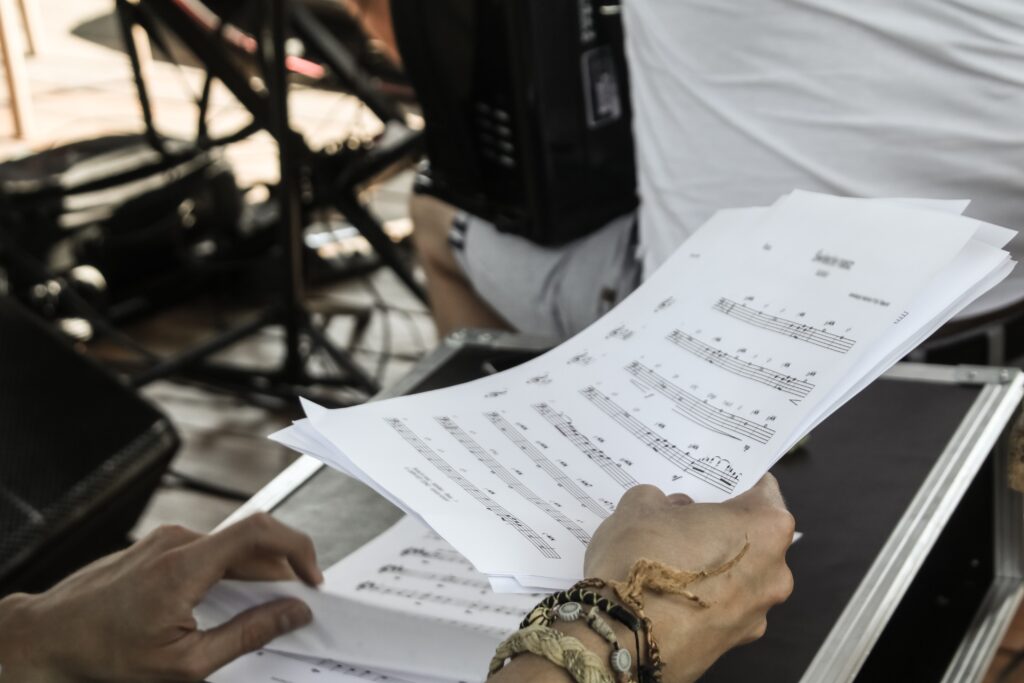
Selecting a state song is a unique and often complicated process that involves a range of stakeholders, including lawmakers, musicians, and members of the public. The process can take years and involves a number of steps, including research, outreach, and public input. In this article, we will explore the steps involved in selecting a state song, using examples from various states across the United States.
Step 1: Research
The first step in selecting a state song is research. Lawmakers and other stakeholders need to gather information about the state’s history, culture, and traditions to identify potential songs that could serve as the state song. This research can include reading historical documents, listening to local music, and consulting with historians, musicologists, and other experts.
For example, in New Hampshire, lawmakers formed a commission in 1997 to research potential state songs. The commission reviewed more than 150 songs before ultimately selecting “Old New Hampshire” as the state song.
Step 2: Outreach
Once potential songs have been identified, lawmakers and other stakeholders typically reach out to musicians and songwriters to create new songs or adapt existing ones. This can involve commissioning new music or holding a contest to select a state song. In some cases, lawmakers may also work with existing musicians to adapt popular songs to better reflect the state’s unique culture and history.
For example, in Utah, lawmakers held a contest in 2003 to select a new state song. More than 200 entries were submitted, and a panel of judges selected “Utah, This is the Place” as the winner.
Step 3: Public Input
Public input is a critical step in the process of selecting a state song. Lawmakers and other stakeholders typically hold public hearings, town hall meetings, or online surveys to solicit feedback from the public on potential state songs. This feedback can be used to inform the final decision-making process, ensuring that the selected song is representative of the state’s culture and history.
For example, in Maryland, lawmakers held public hearings in 2018 to gather feedback on a bill to designate “Maryland, My Maryland” as the official state song. The song had been the state song since 1939, but had been criticized for its controversial lyrics. The public hearings helped lawmakers understand the concerns of Maryland residents, and ultimately led to the decision to repeal the designation of “Maryland, My Maryland” as the state song.
Step 4: Legislative Approval
Once a state song has been selected, lawmakers must approve it through the legislative process. This typically involves introducing a bill in the state legislature and holding a vote on the bill. If the bill is approved, it is sent to the governor for final approval.
For example, in Colorado, lawmakers introduced a bill in 2007 to designate “Rocky Mountain High” as the official state song. The bill passed both the state House and Senate, and was signed into law by Governor Bill Ritter.
Step 5: Implementation
Once a state song has been approved, it is officially designated as the state song and implemented through various channels. This can include incorporating the song into official state events, playing it at state parks and monuments, and teaching it in schools.
For example, in Georgia, the state song “Georgia on My Mind” is played at official state events and is taught in schools as part of the state’s music education curriculum.
Conclusion
Selecting a state song is a complex and often lengthy process that involves a range of stakeholders, from lawmakers to musicians to members of the public. The process typically involves research, outreach, and public input, and ultimately results in the selection of a song that represents the state’s culture, history, and traditions. While the process can be challenging, it is an important way to celebrate a state’s unique identity and foster a sense of pride and unity among its residents. State songs can serve as a symbol of a state’s history and values, and can bring people together in a shared celebration of their state’s culture.
While the process of selecting a state song can be challenging, it is important that it is done carefully and thoughtfully. The song selected should be representative of the state’s history and culture, and should be inclusive and respectful of all members of the community. It is also important to recognize that music and culture are dynamic and ever-changing, and that the state song may need to be updated or revised over time to reflect the changing values and aspirations of the state’s residents.
It is also worth noting that while state songs can be an important part of a state’s cultural heritage, they are not without controversy. Some state songs have been criticized for their lyrics, which may be outdated or insensitive to certain groups of people. For example, the Georgia state song, “Georgia on My Mind,” has been criticized for its lyrics, which some argue romanticize the state’s history of slavery and segregation.
In cases where a state song is controversial, it may be necessary to revisit the selection process and consider alternative songs that better reflect the state’s values and aspirations. This can involve working with musicians and songwriters to create new music, or holding contests or public hearings to solicit feedback on potential alternatives.
In conclusion, the process of selecting a state song is a complex and multifaceted one that involves a range of stakeholders and requires careful consideration of a state’s history, culture, and values. While the process can be challenging, it is an important way to celebrate a state’s unique identity and foster a sense of pride and unity among its residents. By selecting a state song that is inclusive, representative, and respectful of all members of the community, states can create a powerful symbol of their cultural heritage and help to bring people together in celebration of their shared identity. A state song can be a source of pride. We have discussed the selection of a state song and how it works!
